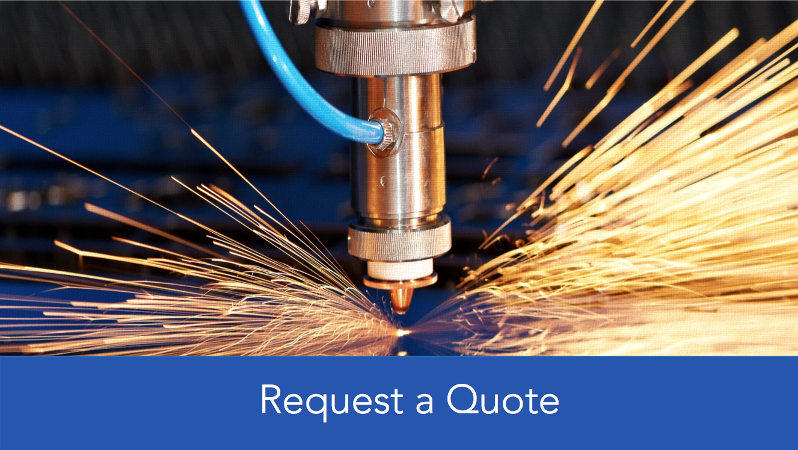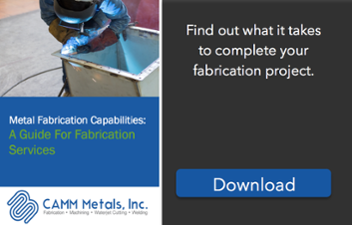Lasers can produce some of the highest quality and most accurate cuts for fabrication. However, laser cutting can only be successful when fabricators consistently perform proper maintenance on their equipment. Without proper preventative maintenance, lasers will not perform optimally. Lack of preventative maintenance can lead to lower quality, imprecise cuts and an improperly functioning machine. Fortunately, as long as you perform regular maintenance, your laser will function optimally at all times. We’ve compiled a list of the top preventative maintenance steps you can take to keep your laser in optimal condition.

Keep Optics in Check
After performing any maintenance on the optics of your laser, you should make sure they are returned to OEM specifications. Out-of-spec optics can affect mode quality, beam quality, cutting performance, and optics life. Beam analyzers and beam profilers can address this issue. These tools are large camera-based systems that measure beam characteristics when the laser beam passes through. However, this equipment is very expensive.
Fortunately, fabricators can avoid the need for this expensive equipment by imprinting and attaching the original mode burn profiles on a piece of acrylic attached to each machine before it leaves the factory. This action allows fabricators to reference and check quickly for proper shape, size, power setting, and beam optic specifications. The benefit of utilizing the most modern technology is that advanced CNC machines are now programmed with step-by-step instructions both for performing maintenance checks and for simplifying optics checks. These instructions make it easy to keep your laser’s optics in check and ensure proper maintenance at all times.
Monitor Temperature
The chiller performance is important to the functionality of your laser, so it’s important to keep an eye on its temperature gauge at all times. Variations in operating temperature can affect the machine’s performance. Extreme temperature changes can even result in resonator damage, which will require a costly, time-consuming repair. All chillers have temperature sensors or temperature display to help fabricators monitor the temperature to prevent problems.
With newer control technology, fabricators can set the temperature to remain constant, eliminating the need for constant monitoring. However, even in this instance, fabricators will still need to monitor water levels in chiller units. Water can build up, especially when left idle for long periods of time, such as a long weekend. When water collects, it will build up conductivity. When the conductivity in the chiller unit is high, the machine’s self-diagnostic features will not allow the resonator to start until the level lowers. However, this operator can easily lower the chiller’s conductivity level by running the unit for a few minutes before cutting. Additionally, the operator should change the resin when necessary, which deionizes the water and helps lower conductivity.
Keep Equipment Clean
Keeping equipment clean is one of the most obvious maintenance steps to take, however, it is often the most overlooked. Processing areas, support slats, scrap drawers, slugs, and pallet ways are often neglected for maintenance. However, these areas can all contain a buildup of debris, dust, grease, and grime, which will affect the machine’s performance. A buildup on machine slats can affect slat support, causing the material to shift. This shifting can affect cut consistency, accuracy, and productivity.
Additionally, unclean processing areas, scrap drawers, dust collectors, and ducting can create a thermite hazard. Thermite is a mixture of aluminum and the oxide of another metal, typically mild steel that occurs in fabricating environments. When thermite is ignited, high temperatures can be produced that will cause significant damage to equipment. Fortunately, these issues are easily avoided with regular cleaning of all parts of the laser.
CAMM Metals | CT Laser Cutting Services
CAMM Metals is proud to offer laser cutting services for your next fabrication product. We can fabricate any order, whether it includes prototypes, components, or final assemblies. We adhere to the belief that high quality results can only be achieved through the use of high quality equipment. Our technicians operate the Prima Power PLATINO® Fiber 2D laser cutting machine, offering the fastest cutting speeds on the market! Laser cutting offers the ability to cut through a wide variety of materials and thicknesses at high speeds, producing extremely precise and accurate cuts.




